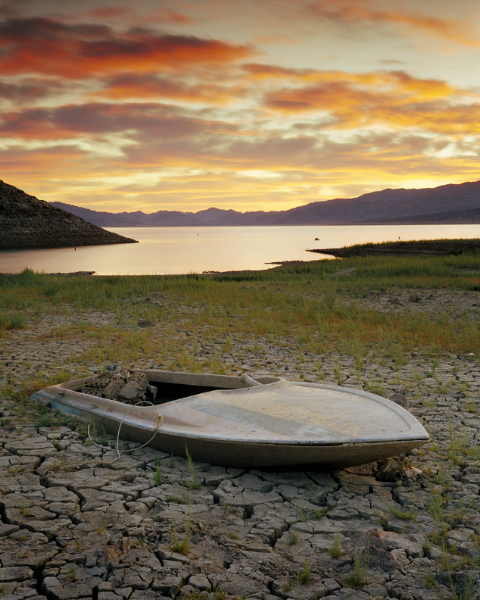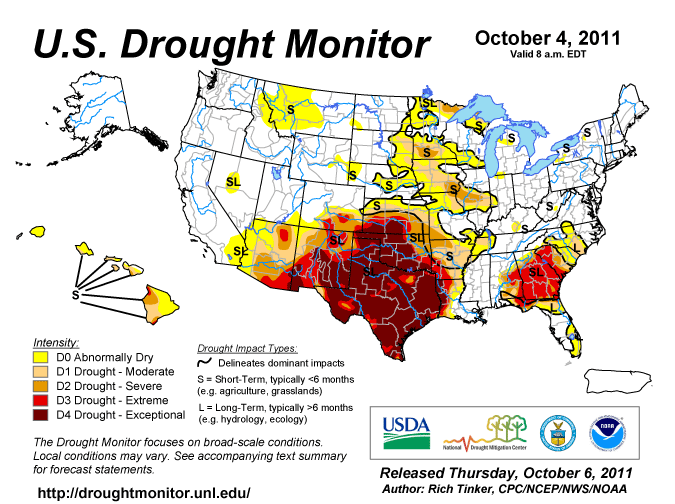Last Call at the Oasis just opened in movie theaters this past Friday. Film critic Christopher Campbell said it best: Last Call at the Oasis is “necessary viewing for anyone on the planet who drinks water.”
It helps us understand how water is central to every part of our lives, shows how it is becoming more scarce and in some cases toxic, and offers examples of ways to conserve water more effectively, reduce pollution, and manage our precious water resources better.
The movie trailer is below. As you watch it, note the lake that appears at 45 seconds in to the trailer. That is Lake Mead. It is the main source for water to Las Vegas, and feeds the Hoover Dam, which generates electricity for Las Vegas and beyond. The lake has been around for a very very long time, and, according to Scripps Institution of Oceanography, will likely be dry in the next 10 years. Increased consumption and changing climate have caused the lake to drop an average of 10 feet per year. In 4 years, the water level will likely drop so low that Hoover Dam will be unable to operate.
Here’s a picture of Lake Mead taken in 2007. It was bad then and it’s worse now.

I was driving through Texas last summer, and all the radio stations could talk about was how hot and dry it was. At that time, Austin had over 70 days straight of temperatures above 100 degrees F. Wildfires raged as the drought-parched land baked to a crisp. Here’s a drought map that shows just how extensive the drought was. Note that the brownish-red areas are ranked as “Exceptional” – beyond even extreme drought.

As climate change continues its slow inexorable advance, we should expect to see the southern US trend much drier and hotter. Agriculture and ranching will become unsustainable. Humans will need to be very good at conserving and getting by with much less water. Last Call at the Oasis is a wakeup call.
Here’s the movie trailer for Last Call at the Oasis…
Consider seeing the movie. It helps us understand how we can preserve our precious water resources. It is so much more satisfying being part of the solution, than being part of the problem.
Recommended Reading
Congress Releases Report on Toxic Chemicals Used In Fracking
Chris Pax, Pax Garden Design says:
Nice to be able to watch the trailer! Interesting that water management can take different “flavors” in different parts of the country. Here in Maryland where I studied and practice sustainable landscape design, we don’t talk about water scarcity (yet…) as much as we talk about stormwater management and the impact of pollutants carried by water on the health of the Chesapeake Bay.
Replenishing local water tables–slowing the water down so that it sinks in rather than runs off–is one message that is common to both management of scarcity as well as management of stormwater spiking and pollution. This is a complete reversal of earlier landscape practices, where drainage was king and the goal was often to get rid of water as quickly as possible.
I am curious as to how quick people in rain-abundant areas will be to realize that their water sources will also be tapped to support other areas.
jaykimball says:
Hi Chris,
Yes, in the Northwest, we have that same consciousness. Rainfall is abundant, like you, we slow it down using living trenches and such to keep the run-off from washing pollution into the surrounding rivers, lakes and seas.
In California, they are developing run-off water catchment systems to capture surface water for potable water use and irrigation. They are spending over $6,000,000,000 for this because the slow-release snow melt from snowpack in the surrounding mountains is dwindling with global warming. Estimates suggest that most snowpack may be gone by 2050. This has enormous impact on west coast agriculture, which enjoys a year-round growing season, but depends on a steady supply of water.
Across the south, the picture is bleak. Xeriscaping, and extreme water conservation will be essential. Right now the Ogallala aquifer is being drained for irrigation at about 7 times the rate of replenishment. This portends major shifts in agricultural practices and suggests a northward movement of growing zones.
The Northeast is projected to get wetter in some areas, and though highly urbanized, innovations in urban food production (rooftop, park, and window gardens) may prove advantageous for providing local food to urban dwellers.